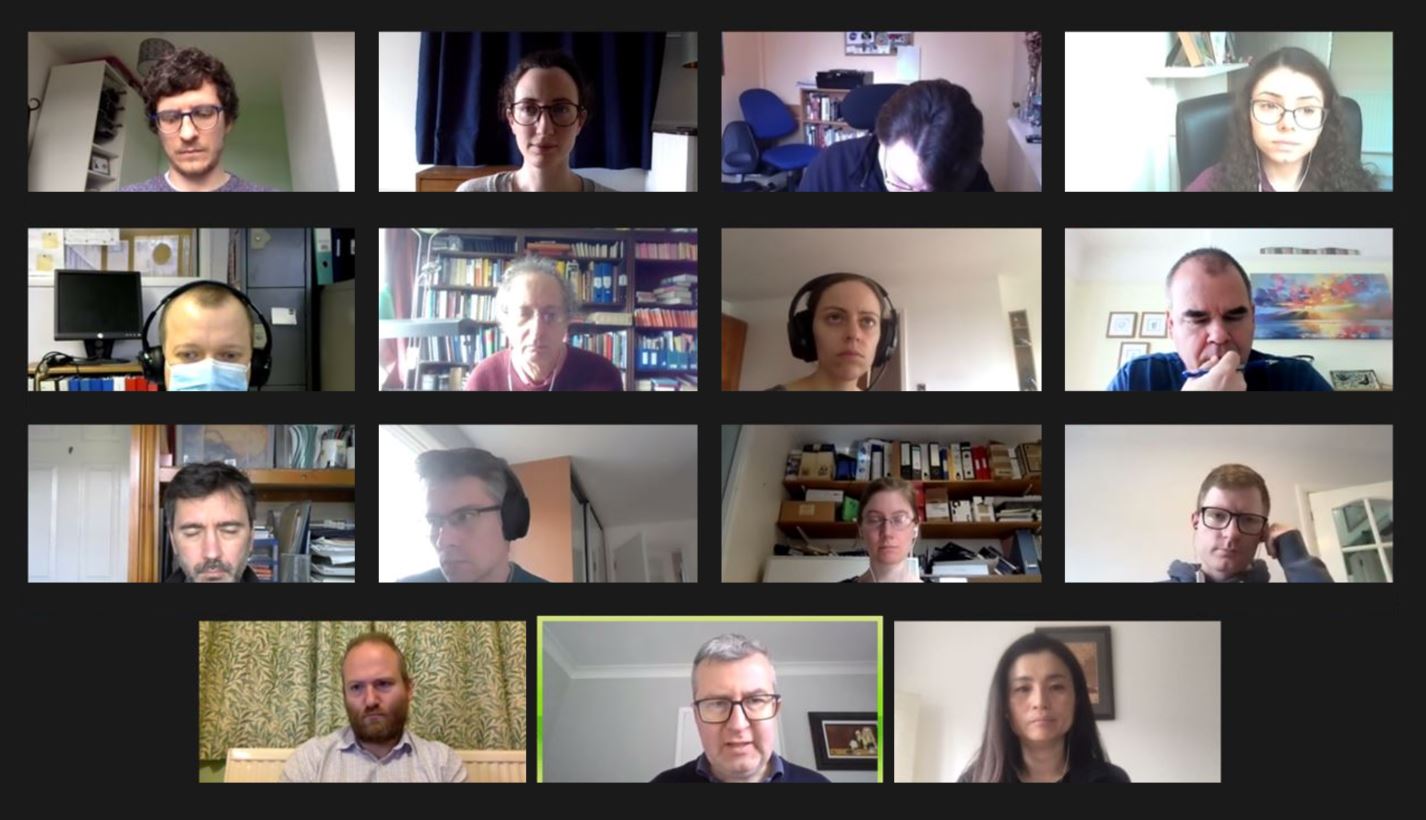The NCITA Oxygen-Enhanced MRI (OE-MRI) group recently met virtually at the end of March 2021 for their first meeting. The group consists of researchers from The University of Manchester, University College London, The University of Oxford, The Institute of Cancer Research and Royal Marsden Hospital, The University of Nottingham, and Bioxydyn.
Prof. James O’Connor provided an overview of the imaging biomarker roadmap, the objectives of NCITA and the imaging biomarker projects at the University of Manchester. Prof. Geoff Parker, University College London, presented the work of the team around oxygen-enhanced MRI, including the NCITA OE-MRI FOAM Study. Dr Daniel Bulte and Dr James Grist discussed the role of the team at the University of Oxford in OE-MRI cancer research, including the NCITA FIG Trial. Dr Simon Robinson provided an overview of work at the ICR, including OE-MRI for imaging hypoxia and optimising radiotherapy in head and neck squamous cell carcinoma (HNSCC) and rhabdomyosarcoma (RMS) xenografts. Dr Rafal Panek presented his work in HNSCC at the University of Nottingham. Finally, Prof. John Waterton discussed the imaging biomarker services of Bioxydyn, and the role of the team in OE-MRI studies with the University of Manchester and University College London.
The core aim of the OE-MRI group is to assist with the efficient delivery for NCITA OE-MRI projects, focusing on methods development and harmonisation through sharing resources and best practice. A secondary objective is to stimulate ideas that will deliver funding for further pre-clinical and clinical validation, as well as deploying OE-MRI biomarkers in clinical research studies both in academia and industry.


